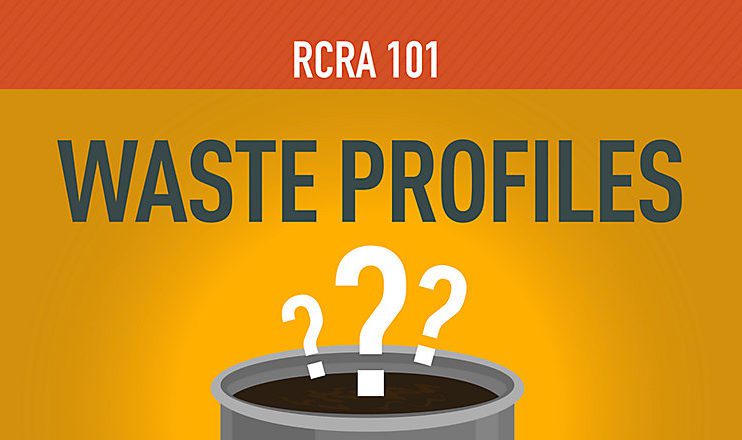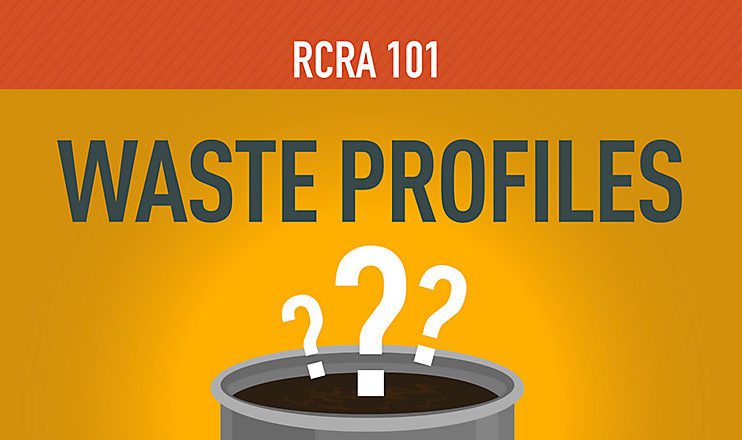
Does your facility frequently ship routine hazardous waste streams? If so you have heard of a waste stream profile. These are required by the EPA when shipping wastes. Waste stream profiles are used if an accident occurs and hazmat crews need to be able to identify waste streams and safely clean a contaminated area. Waste disposal facilities also use profiles to determine what methods can be used to dispose of waste streams. When a waste stream has been altered or has changed over time, the profile must reflect that change. Failing to update a waste stream profile will result in an inefficient or non-compliant process. Maintaining waste stream profiles will help you to avoid penalties, as well as to maintain an accurate waste description.

Possible changes in waste stream profiles could occur when:
- Adding or eliminating chemical constituents to achieve a new outcome or product.
- A new product is used in manufacturing, and analytical data may be required to determine the specifics of the waste byproduct.
- If a waste stream becomes contaminated by a chemical not listed on the profile.
Keeping waste stream profiles current is not a difficult task but it requires a yearly annual profile review. The best way to do this varies among facilities, but a facility can either do this review on their own or their waste vendor can send yearly reminders and assist with the review. For a compliant and efficient hazardous waste management program, you should consider the following questions when profiling your waste.
Considerations When Maintaining Waste Profiles
- Is the profile active? – If a profile is active it is a waste that is still being generated.
- Has the generation process changed in any way since the initial generation or last review?
- Have any new chemical constituents been added, removed or replaced?
- Are there any RCRA codes that need to be added or removed?
- Have the above amendments altered the shipping information?
Keeping Records of Waste Stream Profiles
Certain states require facilities to submit specific documentation describing their waste generation and composition. Whoever is responsible for handling this paperwork should keep a hard copy of waste stream profiles and supporting analytical data on hand at your facility. These will act as a record of all waste amendments and general waste activity. Having a designated location for these documents will assist in keeping paperwork in order if the EPA were to ever audit your facility.
Improper Record Keeping and Documentation
Maintaining current and accurate waste stream profiles is an important safety measure as well as a cost-efficient practice. When communicating to your employees the hazardous waste regulations and procedures, be sure to address the issue of potential fines and penalties to the company for non-compliance. All employees should be aware of potential risks, as well as what to do in the event of a hazardous waste-related emergency.
Inaccurate waste stream profiles ultimately lead to an increased cost when disposal facilities discover changes to waste compositions. This leads to off-specification and full waste rejections and the result is additional shipping and processing fees. Keeping your waste stream profiles accurate and reviewing them annually is an important part of running a successful environmental management system.
